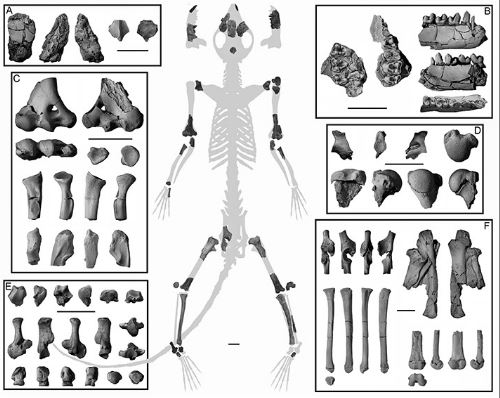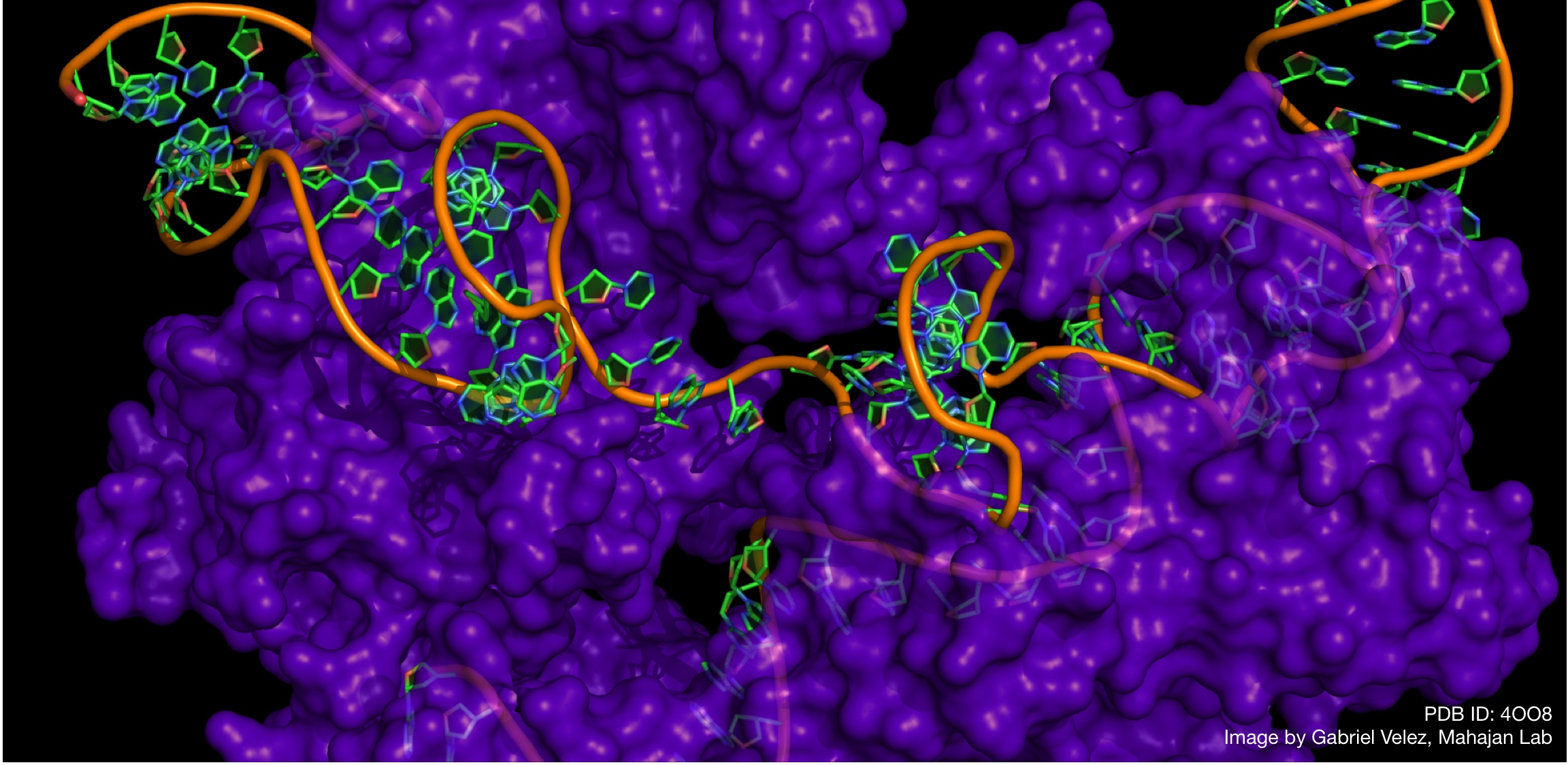Formaldehyde sounds scary because it is for dead bodies. But it is also produced in our natural cellular respiration. Clearly "the dose makes the embalming fluid" but groups who want to scare people about diet soda whisper about its presence. And it is present, in levels that will be carcinogenic if you drink 7,000 sodas per day. More recently its presence in nicotine vaping liquid was being touted.
The oldest-known primate skeleton, 62-million-years-old, dwelled in treetops, not on the ground, according to a new analysis.
The study shows that Torrejonia, a small mammal from an extinct group of primates called plesiadapiforms, had skeletal features adapted to living in trees, such as flexible joints for climbing and clinging to branches. Previously, researchers had proposed that plesiadapiforms in Palaechthonidae, the family to which Torrejonia belongs, were terrestrial based on details from cranial and dental fossils consistent with animals that nose about on the ground for insects.
A new paper found that the gene-editing technology CRISPR-Cas9 can introduce hundreds of unintended mutations into the genome, important as it starts to move into clinical trials.
CRISPR-Cas9 editing technology—by virtue of its speed and unprecedented precision—has been a boon for scientists trying to understand the role of genes in disease. The technique also has raised hope for more powerful gene therapies that can delete or repair flawed genes, not just add new genes.
Capacity for vicarious experiences is a fundamental aspect of human social behavior. For example, seeing others experiencing pain can activate brain circuits that are known to support actual first-hand experience of pain.
A new study has revealed how the human brain’s opioid system modulates responses to other people’s pain. The less opioid receptors the participants had in their brain, the stronger were their emotion and pain circuits’ response to seeing others in distress. Similar association was not found for the dopamine system despite its known importance in pain management.
The effects of a "bug" in the analysis of functional neuroimages (AFNI) software was greatly exaggerated, a finding that is in defiance of numerous other studies which have found that false positive rates in the analysis of functional magnetic resonance imaging (fMRI) of the brain may negate the findings of countless previous studies.
The surface of water drops at 100 nm size changes with temperature. At room temperature, the surface water molecules of these droplets have much stronger interactions than a normal water surface. The structural difference corresponds to a difference in temperature of -50°C.
Nanometric-sized water drops are everywhere, as droplets or aerosols in air, in our bodies as medication, and in rocks and oil fields. How they interact with their hydrophobic environment, at the curved droplet interface, a sub-nanometric region that surrounds the small pocket of water, could boost our understanding of atmospheric, biological and geological processes.
 What Next For Messenger RNA (mRNA)? Maybe Inhalable Vaccines
What Next For Messenger RNA (mRNA)? Maybe Inhalable Vaccines Toward A Single Dose Smallpox And Mpox Vaccine With No Side Effects
Toward A Single Dose Smallpox And Mpox Vaccine With No Side Effects ChatGPT Is Cheaper In Medicine And Does Better Diagnoses Even Than Doctors Using ChatGPT
ChatGPT Is Cheaper In Medicine And Does Better Diagnoses Even Than Doctors Using ChatGPT Even After Getting Cancer, Quitting Cigarettes Leads To Greater Longevity
Even After Getting Cancer, Quitting Cigarettes Leads To Greater Longevity







